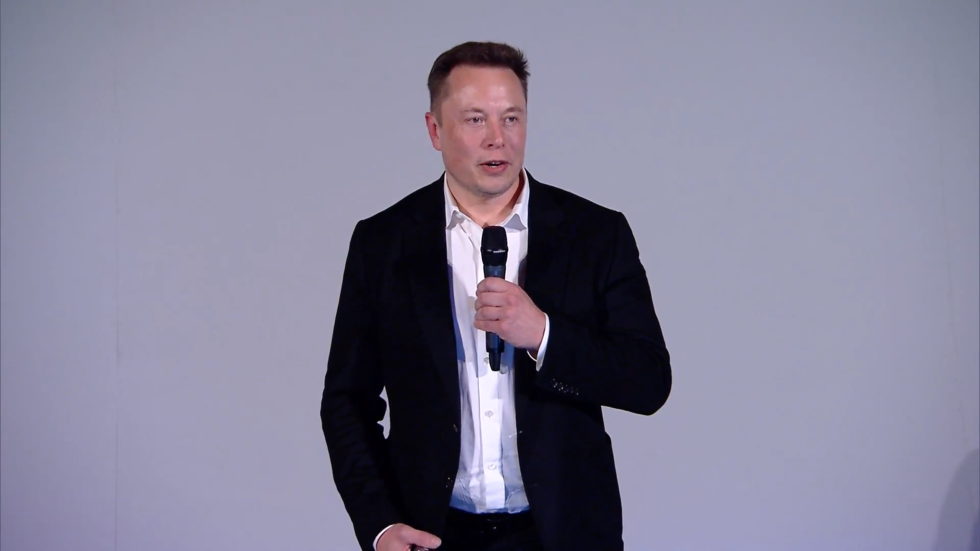-

Elon Musk introduces the world to Neuralink [credit: Neuralink ]
When Elon Musk first started talking about launching a brain-computer interface company, he made a number of comments that set expectations for what that idea might entail. The company, he said, was motivated by his concerns about AI ending up hostile to humans: providing humans with an interface directly into the AI's home turf might prevent hostilities from developing. Musk also suggested that he hoped to avoid any electrodes implanted in the brain, since that might pose a barrier to adoption.
At his recent public launch of the company (since named Neuralink), worries about hostile AIs did get a mention—but only in passing. Instead, we got a detailed technical description of the hardware behind Neuralink's brain-computer interface, which would rely on surgery and implanted hardware. In the process, Neuralink went from something in the realm of science fiction to a company that would be pushing for an aggressive evolution of existing neural-implant hardware.
Those changes in tone and topic are a sign that Musk has been listening to the people he hired to build Neuralink. So, how precisely is Neuralink pushing the envelope on what we can already do in this space? And does it still veer a bit closer to science fiction in some aspects?
No comments:
Post a Comment